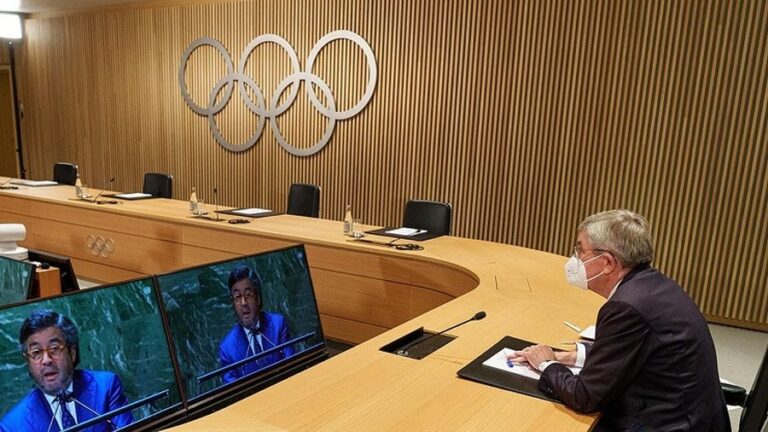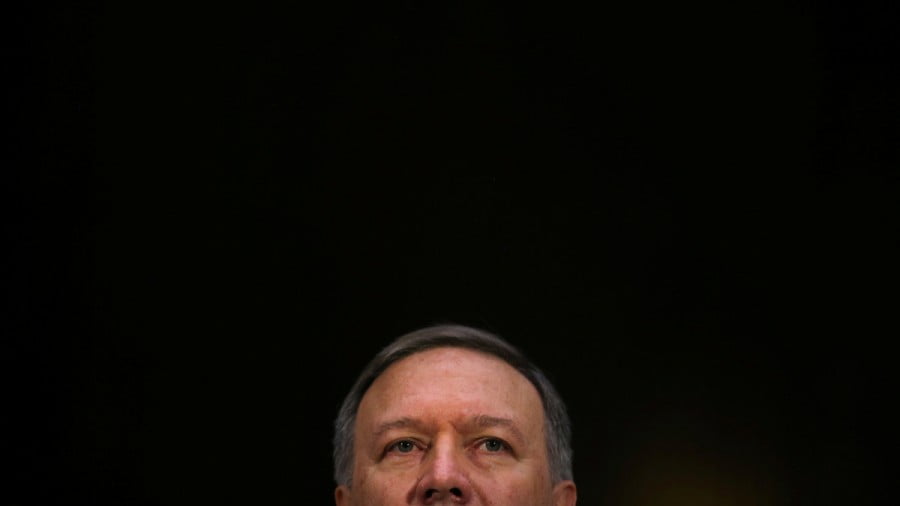Japan’s Defense Strategy: A View from the Korean Corner
On December 16, 2022, Japan’s Cabinet approved amendments to three key national security and defense documents.
First, an increase in the military budget is envisaged. The Japanese government has previously announced plans to increase defense spending to 2% of GDP by 2027 (it is currently 1% of GDP). If Japan does so, its defense spending (43 trillion yen or $314 billion) would become the world’s third-largest after the US and China.
Second, the amendments provide for the right to launch counter-strikes against targets in enemy territory. The national security strategy document refers to missile threats from neighboring states, to which “it is becoming difficult to fully respond at the expense of the existing missile defense system”. In other words, if Japan deems hostile action unavoidable. Self-defense forces could, say, strike Pyongyang first if they believe North Korea is preparing to attack US bases in Japan. To achieve this, Tokyo plans to purchase 500 US Tomahawk missiles with a range of 1,250 kilometers.
A Japanese government official was then asked in a briefing whether Japanese authorities would consult with the South Korean government in the event that Japan decided to launch a pre-emptive strike against the DPRK. He replied that it would be Japan’s right to self-defense, so it would not ask permission from another country on this issue and would deal with it itself.
Furthermore, the new documents describe the islands of Dokdo in the East Sea as Japanese territory.
The decision to launch counterattacks on enemy territory contradicts the Constitution of Japan, which enshrines the renunciation of military action as a means of settling international disputes. For this reason, the Cabinet’s decision has drawn criticism even in Japan itself.
From an internal security point of view, Tokyo is understandable because, as in the case of South Korea, it is highly doubtful that a missile attack by the North could be intercepted in the event of armed conflict. In such an acute threat situation it is reasonable to rely on a pre-emptive strike, but the dangers of a pre-emptive strike were the subject of a dedicated essay back in the day.
Furthermore, the security dilemma surrounding Japan’s armament not only affects the North, but also the South. Anti-Japaneseism is an important element of the ideology of both Korean states, since Japan’s colonial policy in 1905-1945 can be described as both “modernization” and “ethnocide”. So, it is worth talking about how Tokyo has reacted to this move in the ROK.
On the same day, a representative of the Japanese Embassy in Seoul was summoned to the ROK Foreign Ministry and a military attaché was summoned to the Ministry of Defense. They were issued strong protests on behalf of the South Korean government. According to a Foreign Ministry spokesperson, any Japanese activity related to the Korean Peninsula must be discussed and approved by Seoul. The South Korean military also said that if a military strike against North Korea is planned, Japan must obtain Seoul’s approval, as North Korea is the ROK territory under the Constitution of South Korea. As for the Dokdo Islands, they are historically, geographically and under international law the territory of the ROK. The Japanese government should be well aware that repeating abusive territorial claims will not help efforts to build a future-oriented relationship between Seoul and Tokyo. Furthermore, Japan’s increased military spending could provoke an arms race in the region.
In response to Tokyo’s statement that it would not seek Seoul’s approval for a counter-attack on North Korea, the presidential office said it was one of the issues to be discussed as part of trilateral security cooperation involving the US.
On December 19, President Yoon Suk-yeol’s office reiterated that Japan needs to consult closely with or seek approval from South Korea on issues directly related to security on the Korean Peninsula.
The reactions of Northern officials were not particularly different from those in the South. On 20 December, a DPRK Foreign Ministry spokesperson noted that Tokyo’s new strategy is leading the Korean Peninsula and the East Asian region into a serious security crisis. The Kishida government is trying to turn Japan “into an offensive military giant”, but the so-called “counterattack capability” has nothing to do with the right of a sovereign state to defend itself, being a justification for a pre-emptive strike on other countries’ territory. Of course, Pyongyang has pointed out that Japan’s remilitarization is being instigated by the US.
Let’s move on from the positions of government officials to experts and the media and leave aside the Democrats, who are throwing a fit of hysteria over the matter: at this rate Japanese self-defense forces are about to invade the Korean Peninsula again, and of course it is all Yoon Suk-yeol’s fault for daring to talk about a greater level of cooperation with Japan. However, Yoon has also been rebuked by some conservative media for forgetting historical experience. And in that context, it is more interesting what conservatives and their invited experts have written about these moves by Japan.
According to the conservative JoongAng Ilbo, behind Japan’s behavior are “endless missile provocations by North Korea and increasingly offensive security policies of China and Russia”. In particular, “…North Korea, China and Russia are augmenting their military cooperation. Chinese and Russian military aircraft conduct joint drills around the peninsula nearly on a regular basis. Their infiltration of the Korea Air Defense Identification Zone (Kadiz) takes place more often than before. China and Russia also veto UN Security Council resolutions denouncing uninterrupted missile launches by North Korea”.
Foreign media often raise the issue of the possibility of a Chinese invasion of Yonaguni Island – Japan’s westernmost island, located just 111 kilometers east of Taiwan – in the event that China invades Taiwan: the island serves as a forward base for logistical support for Taiwan in emergencies.
The center-right Korea Times points out that since their defeat in 1945, Japanese right-wing groups have had one goal: regaining their country’s former military and political influence, beginning with the Asia-Pacific region. North Korea poses an immediate security threat. However, Japanese militarism sowed the seeds of unhappiness on the Korean peninsula by colonizing it. And if, according to Kishida, “Japan and its people are now at a turning point in history,” “Koreans wary of Japan’s resurgence might be forgiven for thinking that their former colonizer is also at a turning point – shifting from a defensive stance to an offensive one”.
Of course, says the newspaper, Tokyo’s biggest potential enemy is not Pyongyang, but Beijing. But can this justify or explain why President Yoon Suk-yeol agreed on “real-time sharing of missile intelligence” with the US and Japan in his meetings with Biden and Kishida in Phnom Penh? Japan could launch a missile attack on North Korea using information provided by South Korea. Therefore, “before it gets too late, Seoul must prevent the possibility of becoming sidelined by the unilateral decisions of Washington and Tokyo”.
The Korea Herald reports that “it may be too early to say that Japan’s adoption of a new security change will be limited to purely defend itself against possible attacks from China, North Korea and Russia”. However, changes in its security strategy “herald gloomy geopolitical developments in the region” and appear to go beyond the self-defense defined in its pacifist constitution. Japan’s capability to launch counterattacks, which can be arbitrarily abused without the consent of neighboring countries, is problematic enough to raise doubts and concerns among South Korea and other Asian countries. “After all, Japan has a dark history of invading the Korean Peninsula on multiple occasions and killed an enormous number of innocent people during World War II”. Furthermore, if Japan were to take on more offensive responsibilities, the geopolitical structure in Asia would inevitably undergo radical change. South Korea, Japan and the US are expected to work together to contain the North. “But Japan’s military involvement or provocation targeting the Korean Peninsula based on its new security strategy is an entirely different matter”. Claims on Dokdo or arbitrary strikes on territories that are considered part of the ROK could be the basis for conflict.
Another article in the same newspaper noted that South Korea should engage more actively with Japan through their common ally, the US. Acting Director at Seoul National University’s Institute for Japanese Studies Nam Ki-jeong said the 1998 Declaration signed by President Kim Dae-jung and Japanese Prime Minister Keizo Obuchi, which discusses Japan’s commitment to pacifism and non-proliferation, should be the basis for Seoul-Tokyo cooperation.
In any case, this situation shows that the creation of the Washington-Tokyo-Seoul bloc faces greater challenges than cooperation between Moscow, Beijing and Pyongyang. Instead of a triangle, there is still the letter “L” and various problems in the relationship between Seoul and Tokyo are quite sufficient.








One Comment